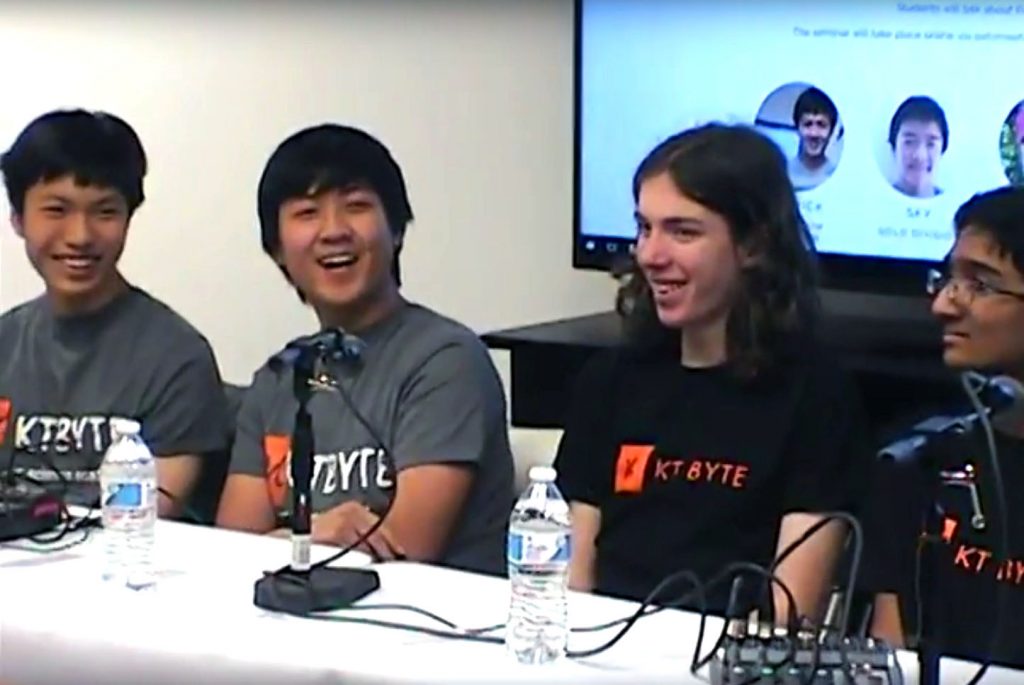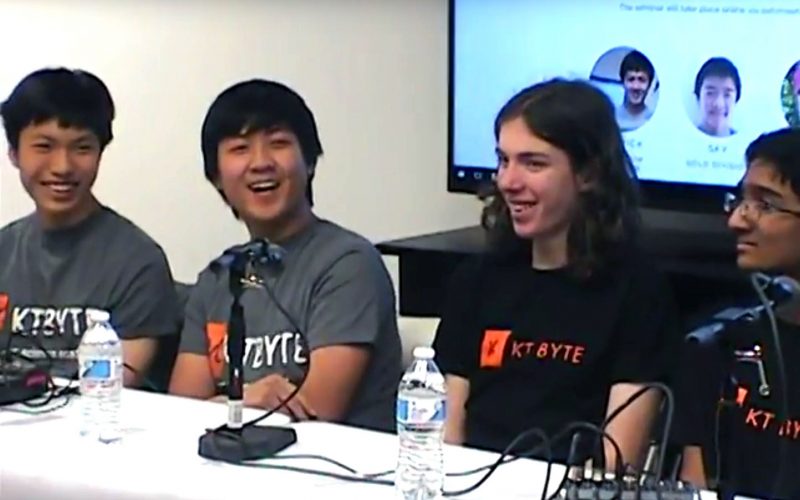
The USACO experience is typically the first competitive programming experience for pre-college students. Standing for the “United States of America Computing Olympiad”, it gives competitors a set of monthly algorithmic problems between December and April for them to work on and explore. Being successful during this competition can help your child stand out to selective college admissions and prove their advanced understanding of computer science.
Keep in mind that competitive programming may be more difficult across the board, not just in regards to the USACO. Improvement in such activities requires participants to develop persistent diligence and awareness of their programming “style” in addition to a profound grasp of algorithmic knowledge.
Learn Your Algorithms (And Eat Your Vegetables)
In between competitions or during the off-season, students should spend time practicing with algorithms. As a participant, I found them to be the “spirit” of computer science, and its clever implementations in competitions are what initially drew me towards them. Learning about these techniques offered another perspective of creative problem solving that’s hard to find elsewhere.
Once I was able to understand the nature of algorithms, it was one of the most (if not the most) intriguing thing I’ve studied. There’s a quality to them that is “clean” and satisfying: being able to take seemingly complex questions and creating simple, but unique solutions. As the essence of programming, algorithmic knowledge guides students into genuinely understanding their code.
A mistake that many, including me, made at the start is wanting to learn algorithms solely for competitive purposes. Instead, students should also spend time on other resources to grasp a broad base of knowledge. Think about it as studying algorithms in general rather than just studying for the USACO problems.
Potential algorithms for each level:
USACO Bronze
- “Brute force”
- Ad Hoc
- Linear/sequential processing
USACO Silver
- Binary search
- Depth-first search/recursion
- Breadth-first search
- Greedy algorithms
USACO Gold
- Minimum spanning trees
- Dynamic programming
- Shortest path algorithms (Dijkstra’s, Prim’s)
USACO Platinum
- Trees (Binary, Segment, Fenwick)
- Graph algorithms
- Computational Geometry
- Ad Hoc
How KTBYTE Can Help Students Who Want to Participate
KTByte offers a series of USACO training programs and classes that prepares participants for each level:
To truly get comfortable with the algorithms required for competition, students understand and explore algorithmic behaviors in each of these classes. Before taking the above courses, it is recommended that students learn the fundamentals of problem solving and algorithms. While these classes only teach techniques up to the silver level, they are a good starting point for any participant.
Develop Your Own Routine
While KTBYTE has a stash of USACO resources, students are encouraged to develop their own routine. From personal experience, I believe that this is an essential step. Although I did attend one of KTBYTE’s USACO training classes, I initially only relied on the courses for my performance, not taking my own initiative. As a result, I did not do as well as I hoped during the season’s first competition (I passed Bronze, but not Silver). While some other students were able to pick up knowledge solely from a class, every student has different studying habits and methods of engagement.
Most students, such as myself, may not have a solid algorithmic background. As a result, we need to devote more time independently. As I spent time studying algorithms by myself, I became more engaged and comfortable with applying the learned materials. I performed significantly better in my next competition. Having students manage their own studying routine allows for awareness of their progress and responsibilities.
Conclusion
When preparing for the USACO, the most important part is to remember that this is different than studying for a test. It takes more than just memorizing various concepts or reading a book. You need to know how to apply the algorithms, deepen your understanding, and know the simplest solutions for problems you won’t see until the competition starts!
Best of all, at KTBYTE, you get to have fun while preparing for one of the most significant events in your high school career.
